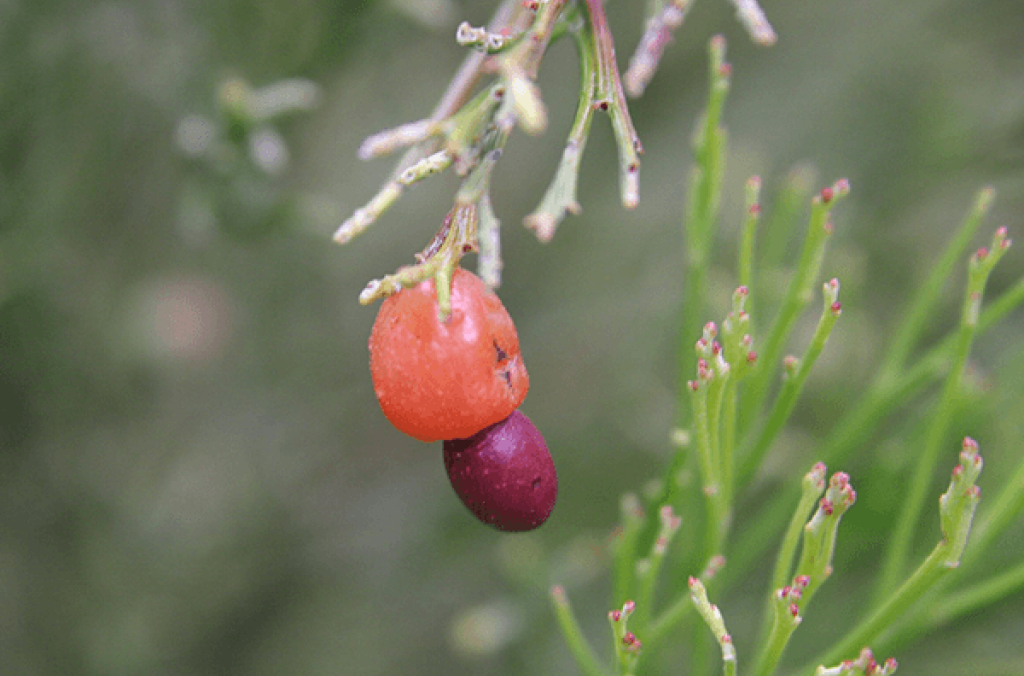Parasitic plants photosynthesise to produce food for themselves but also take water and nutrients from a host. These interesting plants don’t give much back to their hosts but they are important parts of the ecosystem providing food and shelter so fear not! - let’s discover two examples of this clever group of plants at Sydney Olympic Park.
Acknowledgment of Country
We acknowledge the Wangal as the first Custodians of the land, air and waters now known as Sydney Olympic Park.
We pay respect to all First Nations People and our community Elders past and present.



